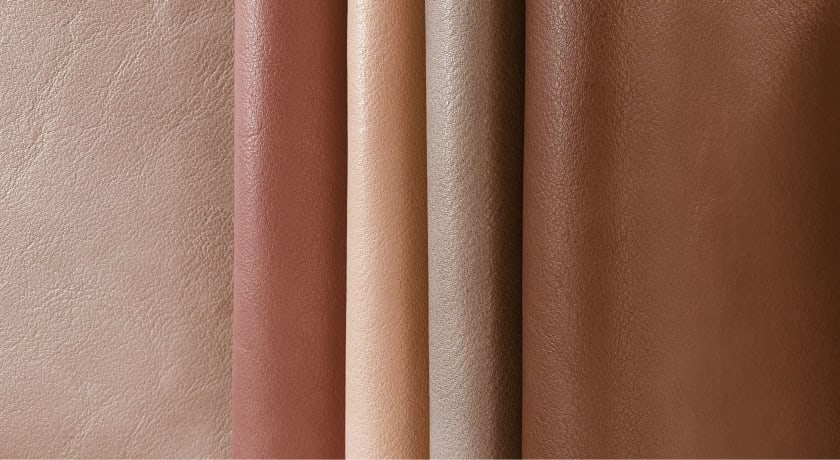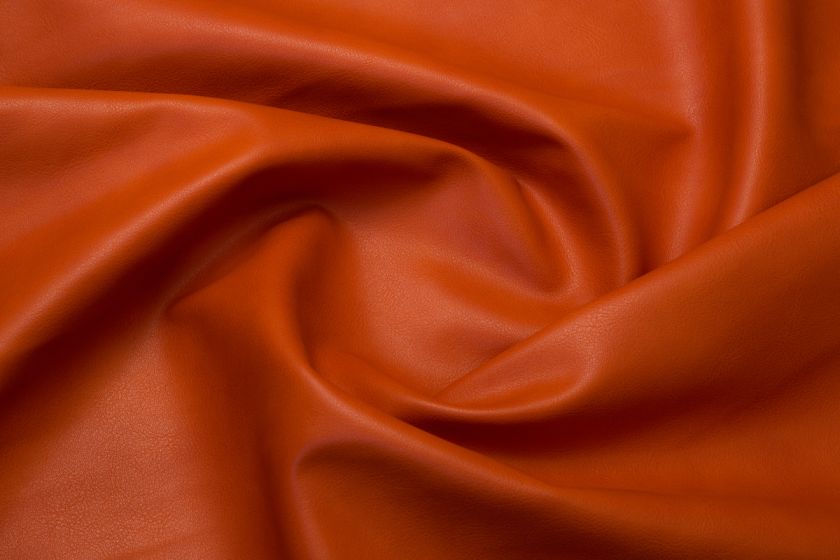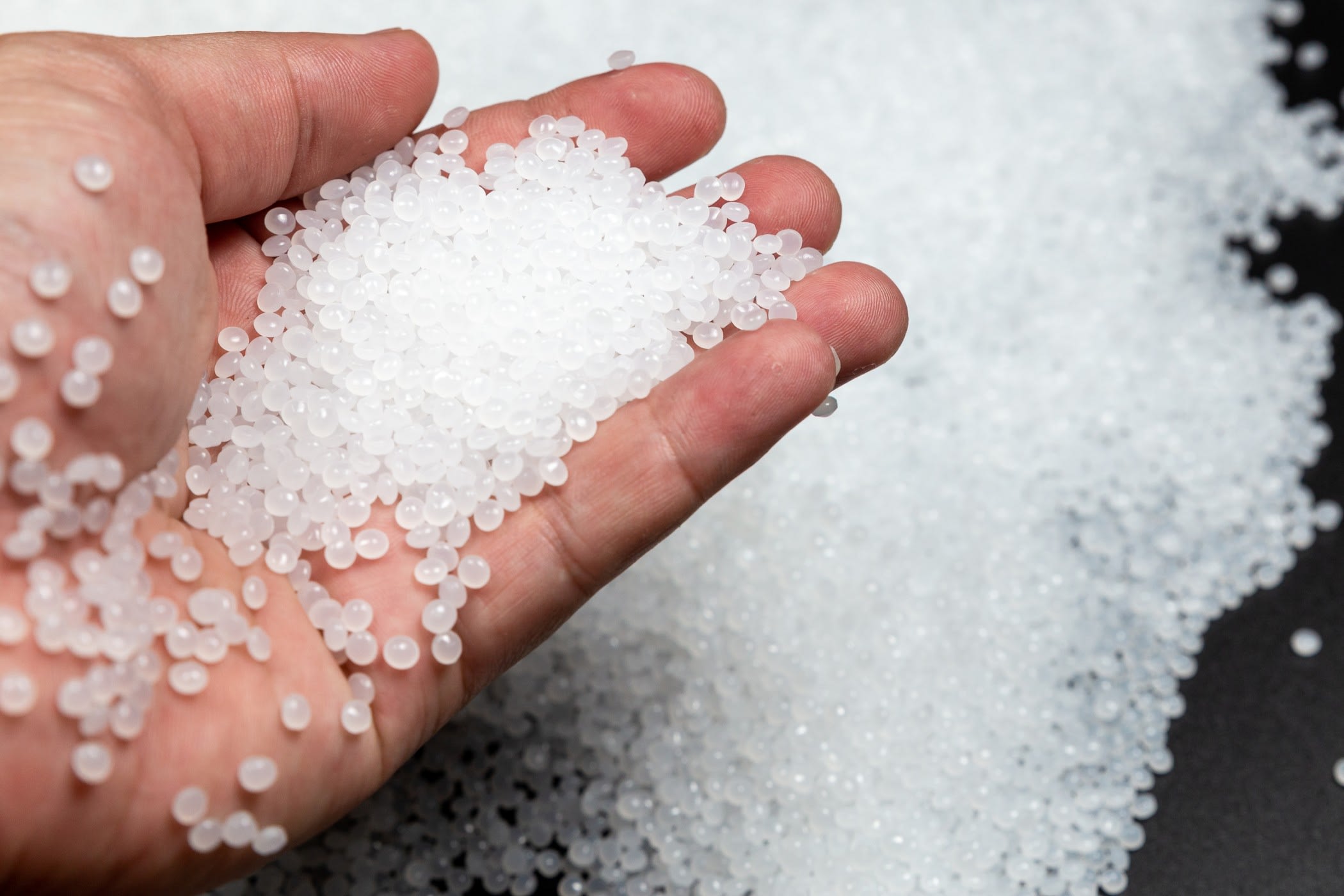Looking For Different Alternatives For Leather? Here's Your Guide For That



Leather has been a crucial part of the fashion industry for years on end, owing to its durability, flexibility and premium look, of course. Leather is used in the realm of fashion to produce various goods like shoes, luxury couture such as jackets, skirts, and trousers, fashion accessories like belts, handbags, wallets, and more.
Thus, from accessories to outfits, from Louis Vuitton to Christian Dior, from rugged to professional, leather is an indispensable part of many wardrobes.
Considering the expenditure aspect, the exquisite leather goods indeed make a dent in the wallet. But, it’s not just that; animal leather goods tote an exorbitant price tag for our planet.
Moreover, the livestock industry has been an enormous contributor to greenhouse emissions and deforestation, leading to a high carbon footprint. The horrors of animal farming and the alarming health hazards caused to the workers of the livestock industry led to a critical question—is leather truly indispensable to fashion?
This daunting question that emanated from the various snowballing hazards of producing leather goods made researchers and fashion innovators look for sustainable alternatives. And, they have garnered success in this quest!
Read on to learn about the sustainable alternatives to classic leather that are equally luxurious, durable, and pliable for use in the fashion industry. These faux leather alternatives are cost-effective, animal-friendly and can replace classic leather to create modish and lasting products.
Faux leather alternatives made from synthetic materials
Here’s a rundown of some faux leather alternatives that are created using synthetic materials for superior quality and durability. These materials have been around for a long time and have plummeted the demand for animal leather.
1. PVC leather

PVC leather, also known as Vinyl, is manufactured by combining polyvinyl chloride with stabilizers to protect the fabric, plasticizers to soften it, and lubricants to make it more flexible. This combination is then applied to the base material like cotton, nylon, rayon, or polyester.
PVC leather is one of the most commonly used faux leathers. This leather kind has more layers, is tougher, and is more durable. It can fend off extreme wear and weather conditions. Hence, it is a popular choice for making upholstery and footwear.
2. PU leather
PU-based leather is created by coating a fabric such as cotton or polyester with a soft, flexible polymer and doesn’t require additional plasticizers like that in PVC. It is additionally treated by numerous processes to closely resemble hide-based leather.
PU-based faux leather is pliable, flexible, and can even stain and wrinkle like natural leather. More importantly, it is waterproof, lightweight, soft, and doesn’t fade or crack in sunlight, making it a preferred choice in the clothing industry.
This leather is a more environment-friendly alternative than vinyl-based leather, as it does not produce dioxins. But, it is more expensive than PVC-based leather due to its extensive manufacturing process.
Faux leather alternatives made from vegan materials
Innovators all around the world are producing vegan alternatives that are just as sturdy and gorgeous as hide-based leather and don’t play havoc with our planet.
Here’s a list of these interesting new faux leather alternatives that are turning the tables on the livestock industry.
1. Pinatex
Pinatex, an ingenious faux leather alternative made from pineapple leaf fibers, has swooped on the eco-fashion industry.
Apart from being an organic and sustainable alternative, it economically supports the local farmers by providing them additional income for something previously sloughed off.
Pinatex has carved a place for itself in several premium brands such as Hugo Boss, Votch, Po-Zu, and Nae.
2. Cork

If you are looking for an offbeat, robust, waterproof, and flame-resistant faux leather alternative, it’s time to explore cork.
Cork is a natural fiber made from the outer bark of cork oak trees, which is water-resistant and easily grows back. This vegan leather is completely renewable, light, durable, hypoallergenic, and easy to maintain.
Superior quality cork leather has a smooth and gleaming appearance that ages beautifully with time, just like old wine! This leather is pliable, which implies that the cork leather articles would retain their shape. Also, the leather is resistant to dust and abrasion, will not rot, and can be easily wiped clean with soap and water.
3. Muskin
Muskin, also known as mushroom leather, is made from mushroom caps of a particular type of fungus and is tanned with non-toxic materials, unlike the ones used to treat hide-based leather.
The manufacturing process entails waterproofing, but it can be done by dodging harmful chemicals, making it a clever and eco-friendly alternative to animal leather.
The fungi needed to produce Muskin can be grown to the particular size and shape required for designs. The material has a smooth cork leather-like texture and is similar to suede to the touch.
Being water-repellant, non-toxic, and hypoallergenic, it can be easily used to produce clothes or accessories like bags and hats.
4. Fleather
Fleather is a type of vegan leather that is procured from ‘flower cycling technology’ that entails upcycling of waste temple flowers in India. This ingenious faux leather has caught the attention of several high-end fashion brands and even the United Nations, and is hailed as a progressive step forward in the realm of fashion.
This incredible vegan leather is made using the dense, fibrous material sprouting from the unused and discarded flower fibers; the texture being similar to that of hide-based leather in terms of elasticity and robustness.
This variant of faux leather can be efficiently used in manufacturing handbags, apparel, shoes, and many more products.
5. Waxed cotton or canvas
Waxed cotton or canvas was traditionally used for manufacturing jeans and bags. But, in recent times, the popularity of this fashionable material has boomed and branched out to cater to other sartorial needs.
The wax used to treat the fabric is eco-friendly, pliable, waterproof, dust-proof, pleasantly textured, durable, and easier to clean than hide-based leather.
It implies you can cut down on dry cleaning expenses and the synthetic chemicals used in the process. The only care you need to take is to avoid ironing and cleaning it with hot water, which can scrape the wax off the surface.
6. Cactus leather
Even cactus isn’t spared from producing high-quality faux leather that brilliantly resembles animal leather and can be a better alternative to cork leather.
Plants aren’t harmed to produce cactus leather; the mature leaves are just trimmed, and their pads regenerate new leaves. Unlike animal leather, the manufacturing process doesn’t entail tons of water or toxic chemicals.
Cactus leather is biodegradable, malleable, breathable, resistant to abrasion, bacteria, and mildew, incredibly durable, super soft, and luxuriously smooth.
Winding up, these are some incredible faux leather alternatives that can easily swap places with animal leather. If you are a fashion innovator who wishes to carve a niche in the realm of eco-friendly and sustainable fashion, Fashinza can provide the requisite assistance.
With a holistic approach, Fashinza can connect you with the finest manufacturers and manage the manufacturing supply chain end-to-end.



















